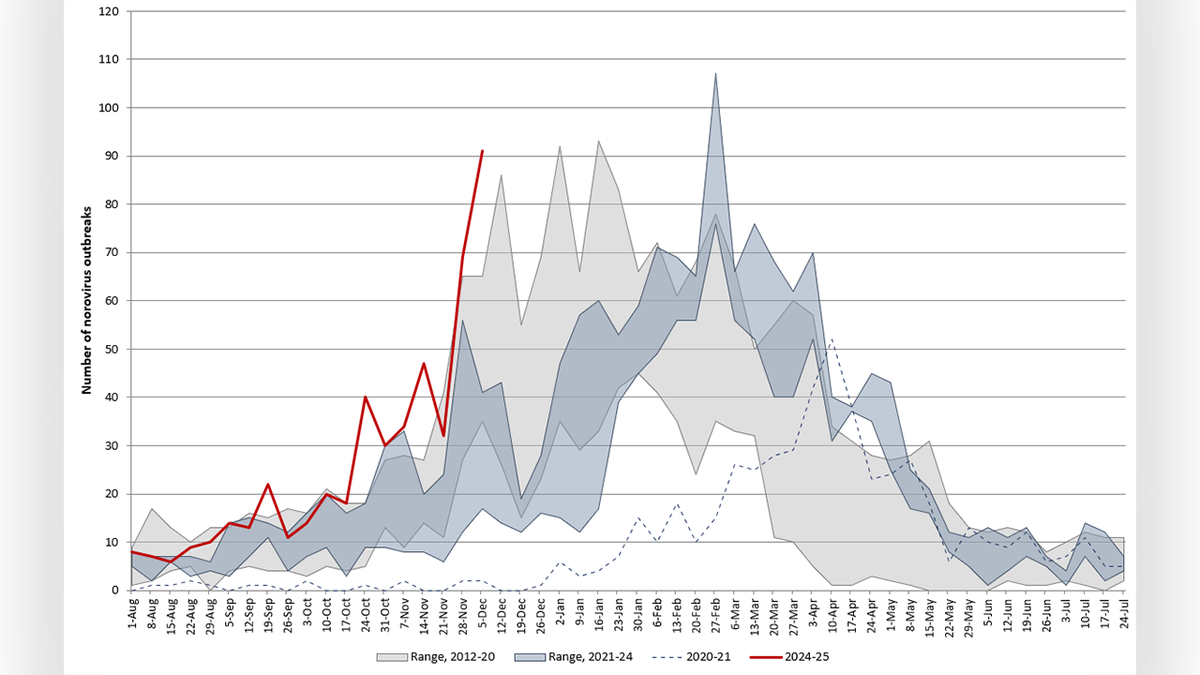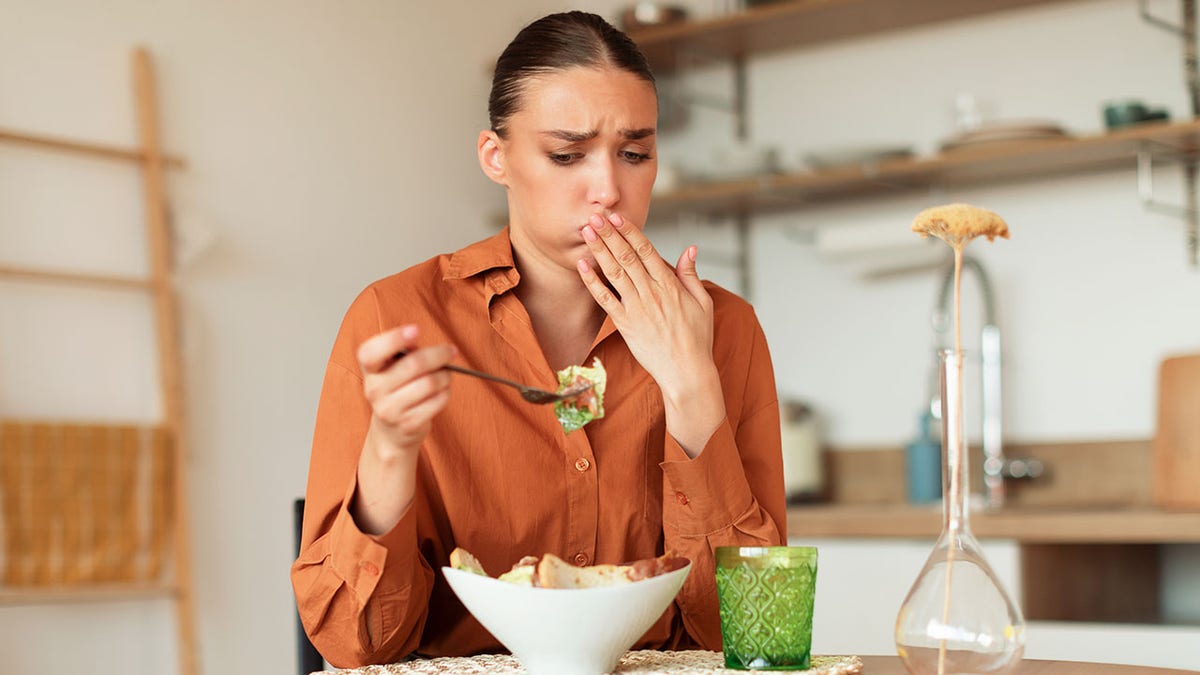Often referred to as the "stomach bug" or food poisoning, norovirus cases have seen a significant increase across the United States. Data from the Centers for Disease Control and Prevention (CDC) reveals a surge in suspected and confirmed norovirus outbreaks towards the end of 2024, with over 91 reported by state health departments in early December.
This highly contagious virus manifests with a sudden onset of unpleasant symptoms, typically including nausea, vomiting, diarrhea, and stomach pain. Additional symptoms such as fever, headache, and body aches may also occur. According to Chad D. Neilsen, MPH, director of Infection Prevention and Control at Nemours Children's Health in Florida, norovirus is the leading cause of foodborne illness in the U.S., responsible for approximately 20 million cases annually.

The National Foundation for Infectious Diseases (NFID) reports that norovirus leads to roughly 109,000 hospitalizations and 900 deaths each year, primarily among adults over 65. Statistics indicate that approximately one in 15 Americans will contract norovirus annually, with one in 160 children requiring hospitalization.
Transmission and Clinical Presentation
Neilsen emphasizes that individuals of all ages are susceptible to norovirus infection, with symptoms potentially appearing within 48 hours. He cautions that the virus is highly transmissible, typically spreading through close contact or contact with contaminated surfaces, utensils, or food. Dr. Marc Siegel, Fox News senior medical contributor, adds that norovirus spreads readily through food and food handling, highlighting the importance of frequent handwashing, early symptom recognition (vomiting, diarrhea, low-grade fever), and self-isolation if ill.

While most individuals recover within one to three days without medical intervention, some may experience more severe symptoms, such as dehydration, requiring medical attention. The CDC lists decreased urination, dry mouth and throat, dizziness upon standing, reduced tear production when crying, and unusual sleepiness or confusion as indicators of dehydration.

Preventive Measures Against Norovirus
Neilsen advises that preventing norovirus mirrors the precautions taken against other foodborne illnesses. He recommends thorough handwashing, cooking food to the appropriate temperatures, proper surface cleaning and disinfection, and avoiding contact with others when sick. The CDC further suggests washing fruits and vegetables thoroughly and laundering clothes in hot water whenever possible.

Although norovirus cases have been increasing since 2023, the underlying reasons remain unclear. Neilsen points out that norovirus typically peaks between November and April, likely due to seasonal trends similar to those observed with other contagious viruses like influenza. He notes that the combination of indoor environments, close proximity, and crowding contributes to the spread of norovirus in settings such as schools, daycare centers, and cruise ships.

Given the resilience of norovirus, Neilsen recommends using bleach for disinfecting contaminated surfaces. It's important to note that individuals may remain contagious even after recovery, emphasizing the need for continued caution and disinfection practices.








